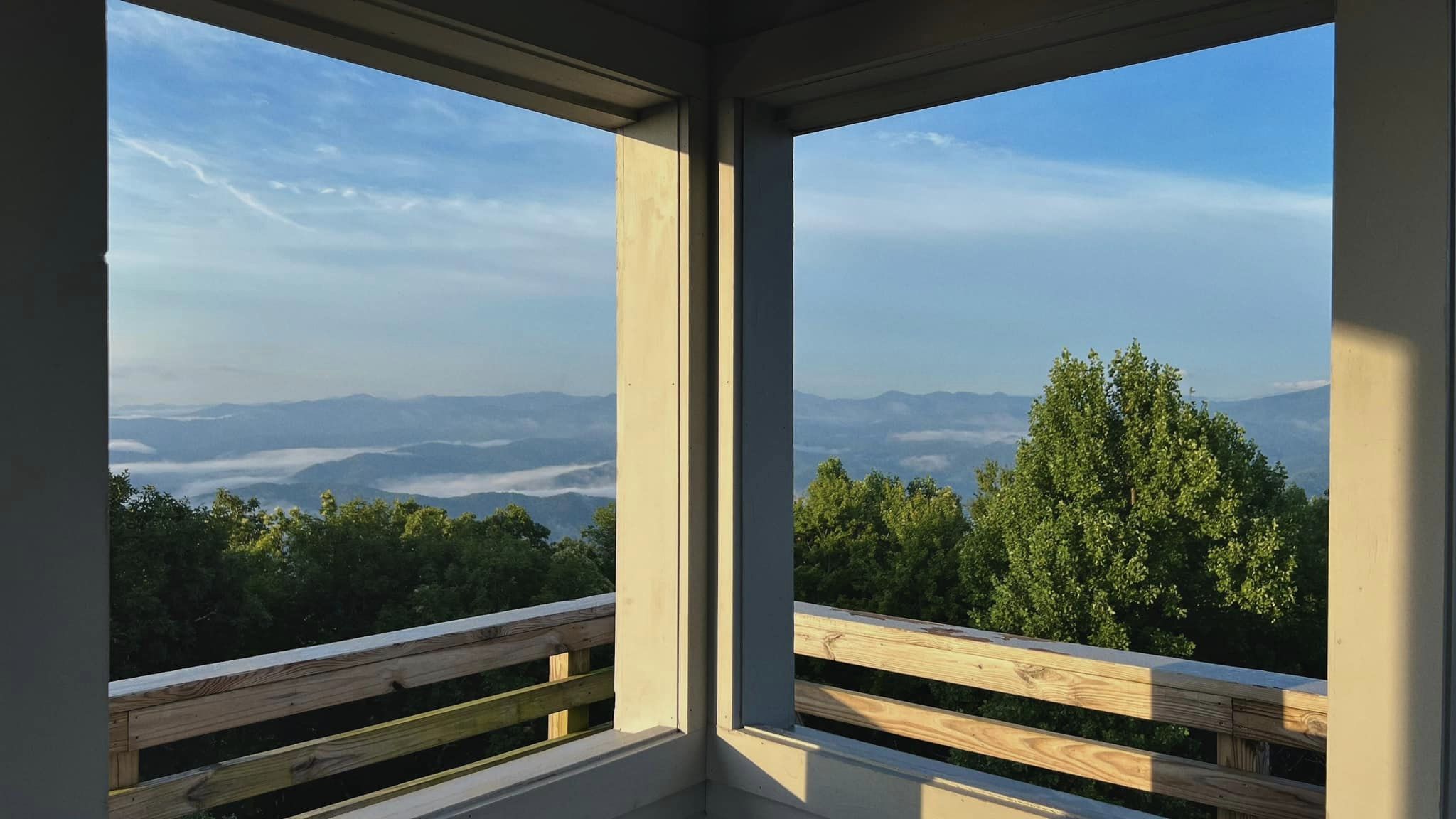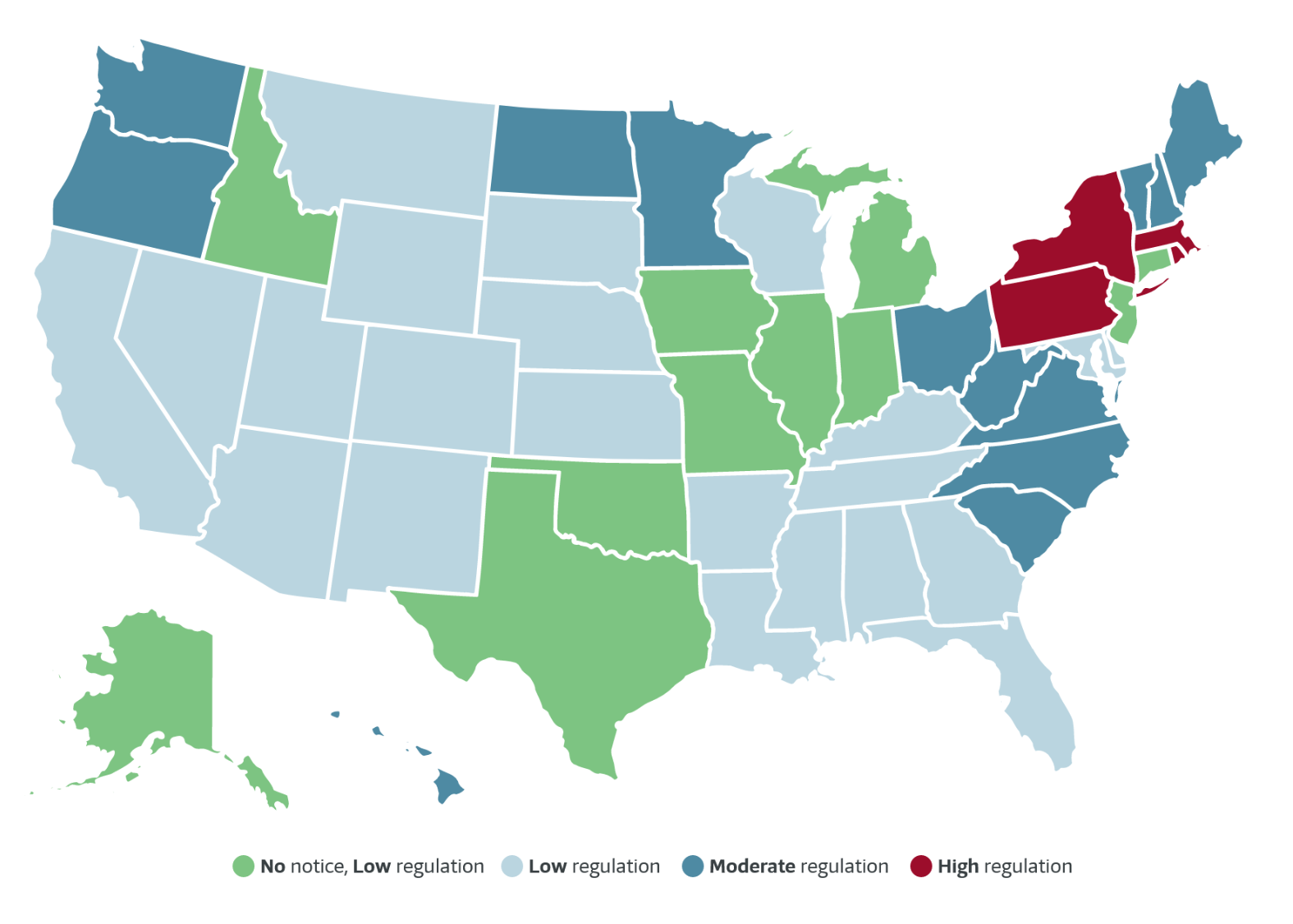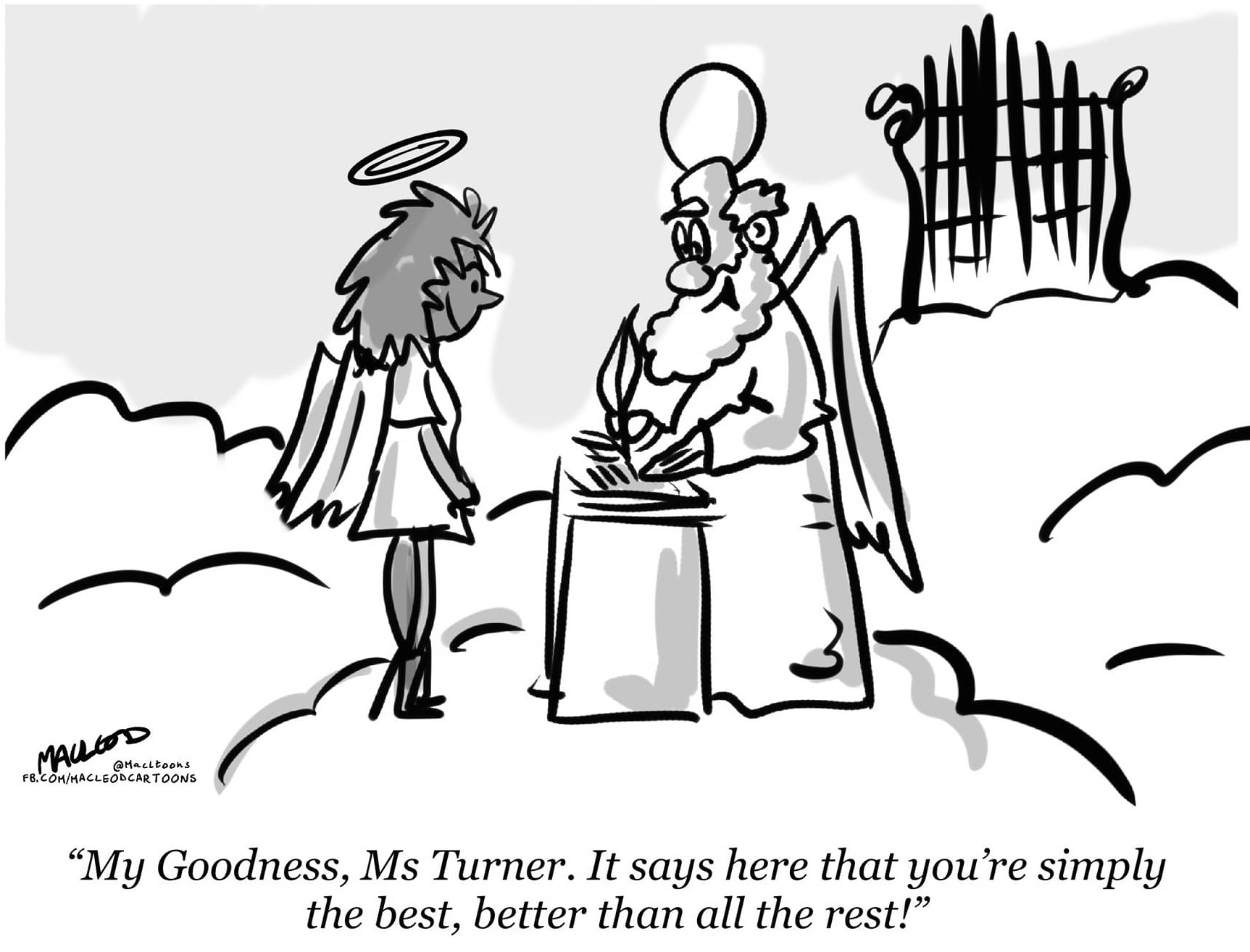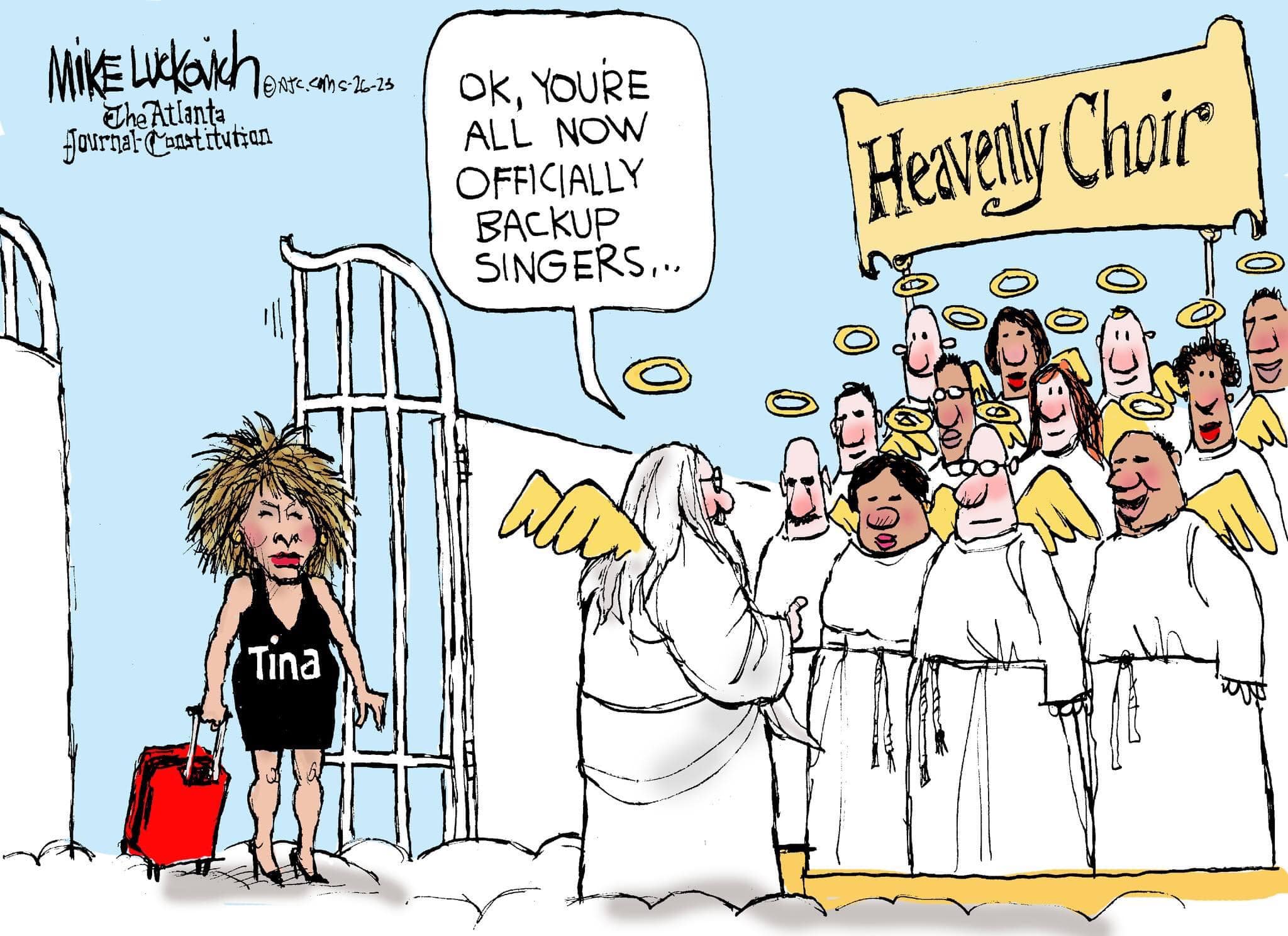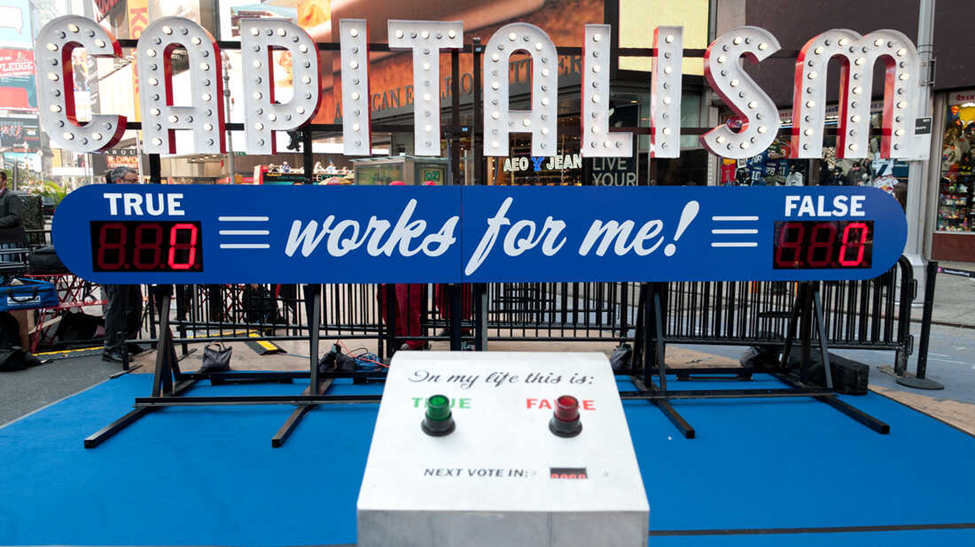The Daily Escape:

First snow, Great Balsam Mountains, Canton, NC – October 2023 photo by Brandon Montgomery
“To hope is to risk frustration. Therefore, make up your mind to risk frustration.” – Thomas Merton
Everyone’s talking about Hamas, the Gaza hospital and Jim Jordan. Wrongo is certain to write more about those issues, but today, let’s talk about two polls that seem to be telling us a lot about what Americans are feeling right now.
First, the survey by Pew Research “Americans’ Dismal Views of the Nation’s Politics” confirms that millions of Americans are feeling so exhausted and depressed by American politics that they are disengaging from it just when its important to fully engage. Some highlights:
- 65% of respondents describe themselves as “exhausted” when thinking about politics.
- 55% say they are “angry” about American politics.
- Only 4% say politics makes them feel hopeful.
- Pew also asked people to describe American politics in one word. The second most common description was “corrupt”—behind the first-place finisher, “divisive.”
Here’s the tag cloud from Pew:
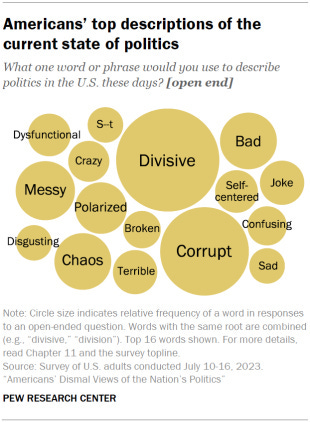
Notice that there aren’t any positive words that made the cut from the responses. From Robert Hubbell:
“It is no wonder that people want to disengage and look away. Exhaustion is the point of MAGA extremism.”
Hubbell goes on to point out that Republicans turn every issue into an attack:
“Impeach Trump? We’ll impeach Joe Biden, Merrick Garland, Jack Smith, Alejandro Mayorkas, and Christopher Wray.
Indict Trump? We’ll indict Hunter Biden, Hillary Clinton, Nancy Pelosi, and Joe Biden.
Protect Americans from a deadly virus? We’ll undermine trust in science.
Fight human-caused climate change? We will make it illegal to discuss climate change in the classroom.”
These responses are part of a mind game designed to make Democrats and Independents give up and go away. But his great idea is this:
“We have one job: To endure, to abide, to keep the faith until this moment of reactionary extremism subsides. If we can do that, we will leave to our heirs a healthier, stronger democracy.”
John Dean Also wrote about this:
“…I was thinking about how Barack Obama won the presidency in 2008. The first thing that came to mind was his iconic poster with his image and the word “HOPE.” That differentiated Obama from his Democratic party competitors…and his Republican rival, John McCain. Obama embraced hope and the future, and he won.”
Some people attribute the negative messages offered by current candidates to the fact that today’s world is troubled. But as Dean points out, the world was also deeply troubled in 2008 and only Obama was offering hope. He won two terms.
More from Dean:
“The challenges facing America today are enormous. At the top of the list is solving climate change. When asked if we can address climate change and reduce the existential risk that climate change represents, I want a candidate who answers, “Yes, we can.”
Then there are the wars in Ukraine and Israel that many Republicans wish would disappear. The solution for some Republicans is for America to sit these wars out. But US engagement in Ukraine, Israel, and Taiwan is about keeping the flame of freedom alive. Putin and Hamas need to be stopped if liberty and democracy are to have a chance.
Dean closes thusly:
“I remain hopeful that hope is not dead. Can the American people give up the current orgy of hate and blame and start working for a brighter future? Yes, we can.”
Turning to the second poll, from the University of Virginia’s Center for Politics shows an intensely divided country in which partisan rancor has grown so deep that many Americans support authoritarian or unconstitutional proposals. Here’s the percentage of respondents that back radical ideas:
- A majority of both Biden (70%) and Trump (68%) voters believed electing officials from the opposite party would result in lasting harm to the US.
- Roughly half (52% Biden voters, 47% Trump voters) viewed those who supported the other party as threats to the American way of life.
- About 40% of both groups (41% Biden voters, 38% Trump voters) believe that the other side had become so extreme that it is acceptable to use violence to prevent them from achieving their goals.
- 30% of Trump supporters and 25% of Biden supporters are for suspending elections in times of crisis.
The poll also finds Biden leading Trump 52% to 48% in the 2024 horse race. You can view the details here.
So how do we (or can we?) turn the ship around? Dan Peiffer offers some thoughts:
- Can Democrats run on saving democracy when people are so down on our political system? The explanation for our success in 2022 is that Democrats upended expectations by centering the election on the threat Republicans posed to democracy….Democrats are again planning to make saving democracy a central part of the 2024 campaign….we must factor these polls’ distrust and disillusionment into our messaging — otherwise, we will become the defenders of a broken, corrupt political system.
- How should we talk about Democratic accomplishments? The primary explanation for Biden’s high levels of disapproval on economic issues is that voters are unaware of his major accomplishments. And therefore, educating them about those accomplishments is a strategic priority. Talking about these accomplishments must start from a place that acknowledges the high level of distrust in the federal government.
- What’s the best message against Trump? Given the close election, it’s fair to say that the Democrats’ anti-Trump message was not as effective as we thought it would be in 2020. And in this moment when the public is livid at politicians, we have to be careful not to inadvertently help Trump with a message that makes him seem even more like an anti-politician.
We’re all exhausted. The system IS corrupt. Politicians lie to get elected. They get in Congress and forget the constituents that voted for them. The system needs reform, but the reform we are moving toward (autocracy) isn’t the right answer.
It seems that the hill we’re climbing keeps getting steeper. We are all tired, but we must continue the fight.
We have one job: To resist until we subdue this moment of reactionary extremism.

